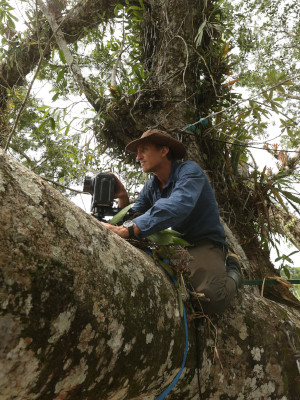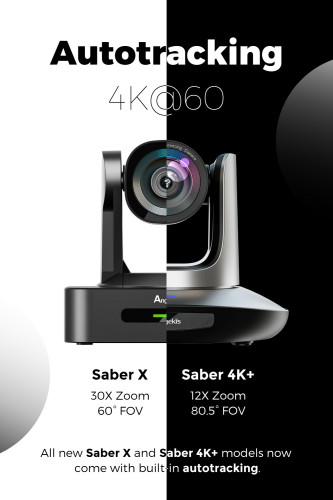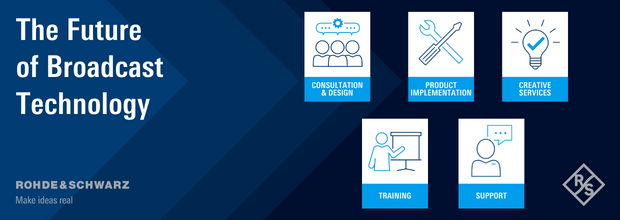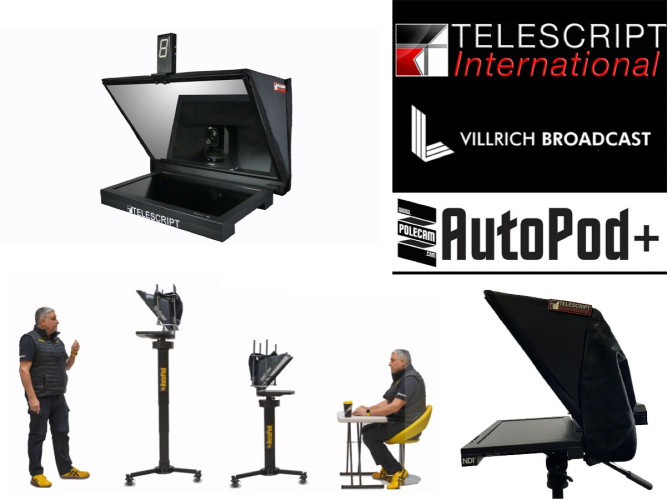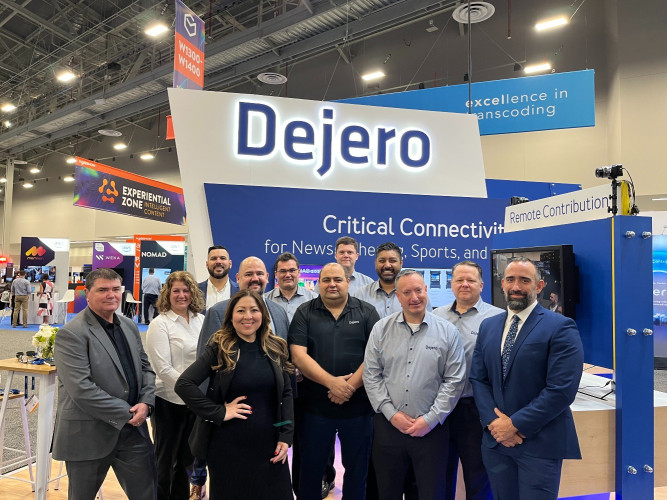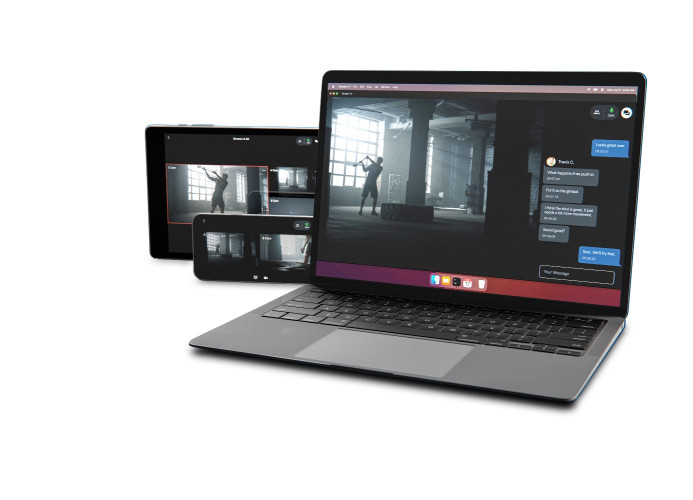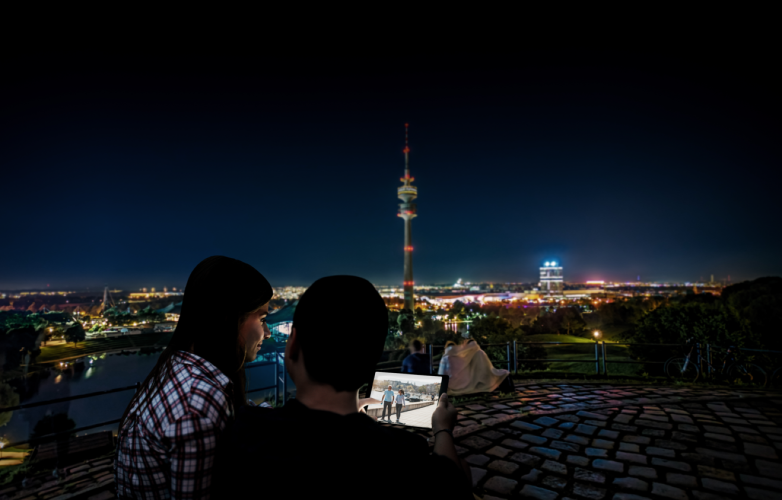It’s only taken 20 years and it seems that Remote Production is finally coming of age, but it now requires far more cameras than anyone envisaged back in the last century!
The move to remote production is one of the unstoppable trends of 2019 and moving into 2020. Our CamBall cameras pioneered remote working as early as 2003 with sport and wildlife programming using remote production for many years with incredible results.
Just recently, Atlantic Productions (www.atlanticproductions.tv) took ten BR Remote CamBall4s into the Ecuador jungle to film Undercover in the Jungle for PBS. The rain forest of Ecuador is one of the most bio-diverse areas on the planet, and the crew were there for about a month, working in sweltering heat and damp conditions. Being built for tough environments like this, the CamBall cameras performed perfectly.
“We used a variety of different cameras, and large numbers of them to cover the many locations we needed,” says Ben McGuire, Head of Post Operations at Atlantic, “The BR Remote CamBall cameras were the main ones. They are very rugged and weatherproof and our remote rigs allowed us to work well away from the subjects. We were usually 100m away, and sometimes hundreds of metres away. What was important was that we were able to cover about 50 different locations in the jungle.”
In this instance, the cameras became part of the story, as the crew ran cables through the jungle and climbed trees with ropes on their backs.
This project achieved a great deal in terms of how the content was captured and shown, and all became possible because BR Remote had built the fibre systems, supplied remote battery operating capability, pre-configured the cameras and tested everything with the crew before they left for the jungle – an environment where technical support is also extremely remote.
This example shows how our customers need more than just cameras, they also need engineering and integration expertise and often their technical teams are tackling this for the first time. Broadcast technologies are continually evolving, with IP, 5G, AR, and 12G-SDI all in the mix, but not all in general use. This makes for a confusing background of technological change. While technologies are supposed to be enablers, all people really want is equipment that will work reliably together to support their creative goals – say in upgraded studios or a remote production unit. The solution also needs to be fast and reliable.
AT IBC 2019 we will be highlighting the service aspect of our camera business. We provide everything our customers need to connect their cameras into their existing infrastructure, specialist interfacing and control, electronics, mechanics and software, plus the engineering assistance they need to get their kit operational without delay whether it uses cable, RF, fibre or IP.
Some projects need more than this. Where an off-the-shelf camera cannot provide the solution, we provide systems design and consultancy. We can help you design your own camera and we can build it for you, using our stable of existing PTZ camera designs and connectivity products with changes to hardware and software.
It is the engineering and systems integration that make the difference between a simple camera and a complete remote camera system. At BR Remote we make it our business to be experts in everything this requires – during our 20 years in the business we’ve worked with most of the technologies in the market and we’re continually moving forwards with improved cameras, connectivity and controllers.
In future, we will see remote camera systems being adopted much more widely, in newsrooms, studios, sports and reality TV.
Our tips for a successful remote camera project are:
1. It is the preliminary work, the integration and set-up, which are often overlooked, but which makes the difference between a stressful project and a happy one with a successful outcome. Use our advice, built up over many years, pick our brains. We have supplied cameras for any number of applications and situations.
2. Make sure the cameramen and technicians are familiar with the kit and have rigged it on the bench before you leave for the shoot. We have so many instances from crews on sat phones in remote locations that don’t know how to do something or are missing a small but critical part – often a special cable. We can tell them how to do something but only if they have the kit to do it.
3. Be aware of the limitations of remote cameras. The main limitation is that once rigged it can be difficult to re-locate or access them. Think carefully about camera location, you can’t just move it a few feet like a manned camera. Also, ND and other filters need to be correct right from the start so also think about the whole shooting period, be it hours or days, bright or dark and choose the best filters for the job. It might be that you need two cameras in the same location, one optimised for sunlight and one for night shooting.





